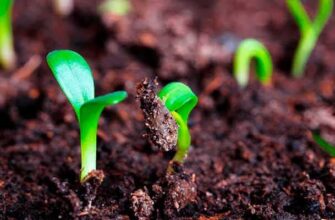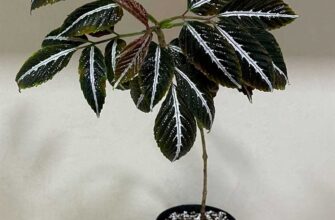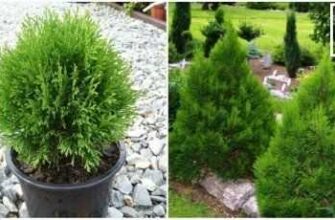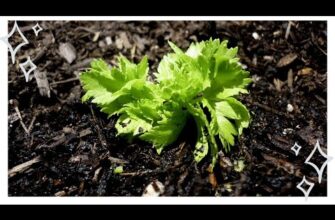- Цель эксперимента
- Изучение эффективности различных способов посева семян вербены
- Методика
- Выбор сорта вербены и подготовка семян
- Подготовка почвы для посева
- Посев семян в контейнеры
- Посев семян непосредственно в открытый грунт
- Использование различных методов прорастания семян вербены
- 1. Посев семян в грунт
- 2. Предварительная обработка семян
- 3. Посев семян в контейнеры
- 4. Гидропоника
- Результаты
- Сравнение процента всхожести при различных способах посева
- Оценка скорости прорастания семян вербены
- Анализ влияния методов прорастания на развитие растений
- Выводы
- Вопрос-ответ:
- Какие способы посева семян вербены были использованы в эксперименте?
- Каким способом посева семян вербены было достигнуто наилучшее всхожесть?
- Каковы были результаты эксперимента по всхожести семян вербены?
- Какие факторы могут повлиять на всхожесть семян вербены?
- Какие рекомендации можно дать по посеву семян вербены на основе результатов эксперимента?
- Видео:
- САМЫЙ ЛЕГКИЙ СПОСОБ УКОРЕНИТЬ АМПЕЛЬНУЮ ВЕРБЕНУ.
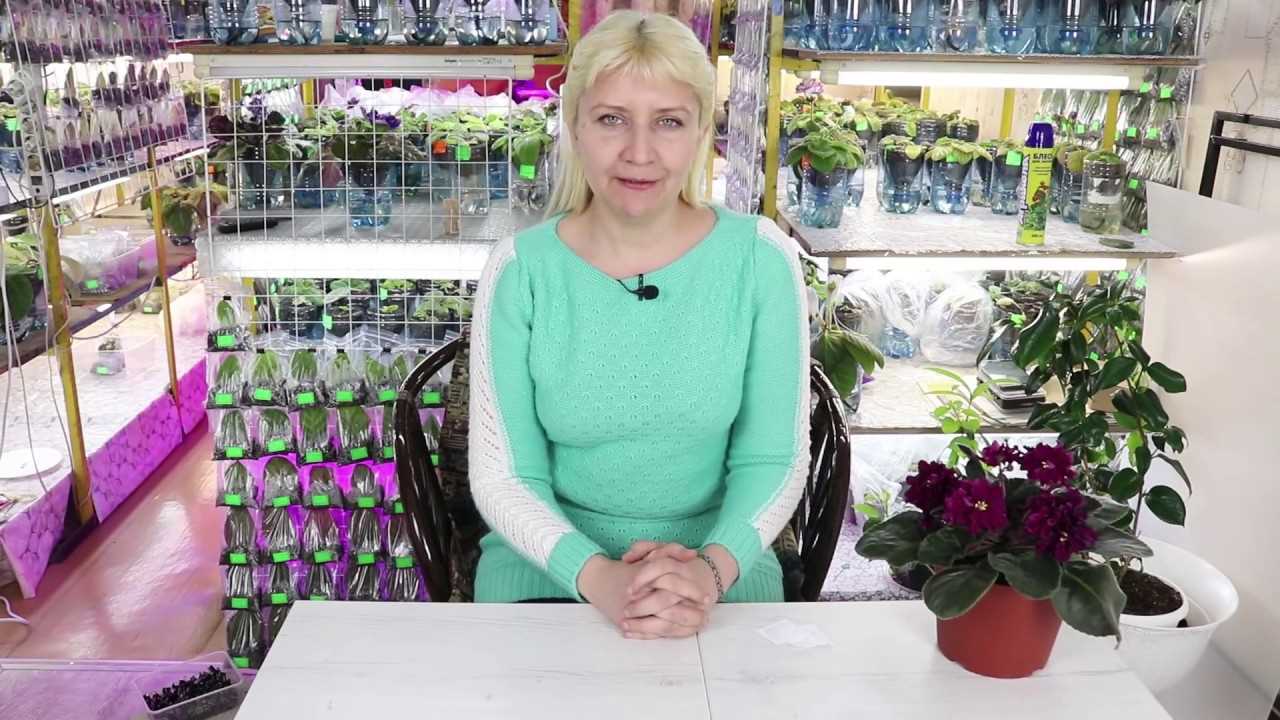
Вербена – это красивое и популярное растение, которое любят многие садоводы. Однако, чтобы получить красивые и здоровые растения, необходимо правильно посадить семена. В данном эксперименте мы решили сравнить четыре различных способа посева семян вербены, чтобы определить наилучший результат всхожести.
Первый способ посева – традиционный. Мы сеем семена вербены непосредственно в землю, предварительно сделав неглубокие канавки. Второй способ – использование торфяных горшочков. Семена помещаются в горшочки с питательной почвой, после чего прорастают в удобных для них условиях. Третий способ – посев семян в контейнеры с рассадным грунтом. Семена помещаются в контейнеры, а затем, после прорастания, рассаживаются в открытый грунт. И, наконец, четвертый способ – использование гидрогеля. Семена вербены помещаются в гидрогель, который обеспечивает им постоянное увлажнение.
После посева семян по каждому из четырех способов мы будем следить за их всхожестью и ростом. Будем оценивать, какой способ дает наилучший результат и насколько успешно прорастают семена вербены. Эксперимент позволит нам определить оптимальный способ посева семян вербены, что будет полезной информацией для садоводов и любителей этого растения.
Цель эксперимента
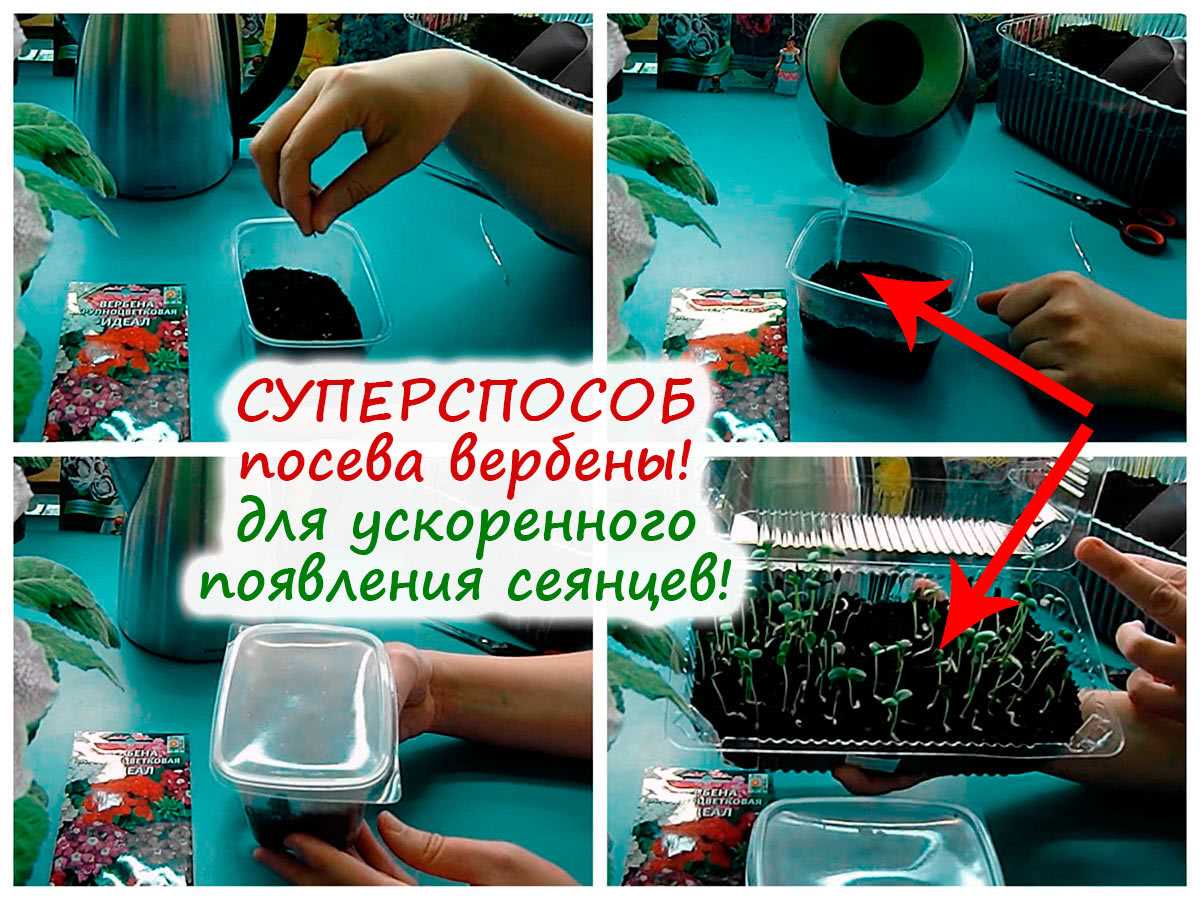
Цель эксперимента заключается в сравнении 4 различных способов посева семян вербены для определения наилучшего результата всхожести. В рамках эксперимента мы будем использовать разные методы посева, чтобы выяснить, какой из них обеспечит наиболее высокую всхожесть семян вербены.
Для этого мы сеем семена вербены одновременно в 4 разных контейнерах, применяя разные способы посева. Будем использовать различные комбинации глубины заделки семян, плотности посадки и других факторов, которые могут влиять на всхожесть семян вербены.
После посева будем следить за процессом всхожести и записывать результаты. По окончании эксперимента мы сможем определить наилучший способ посева семян вербены, который обеспечивает наиболее высокую всхожесть. Эта информация будет полезна как для садоводов, так и для профессиональных сельскохозяйственных предприятий, которые занимаются выращиванием вербены.
Изучение эффективности различных способов посева семян вербены
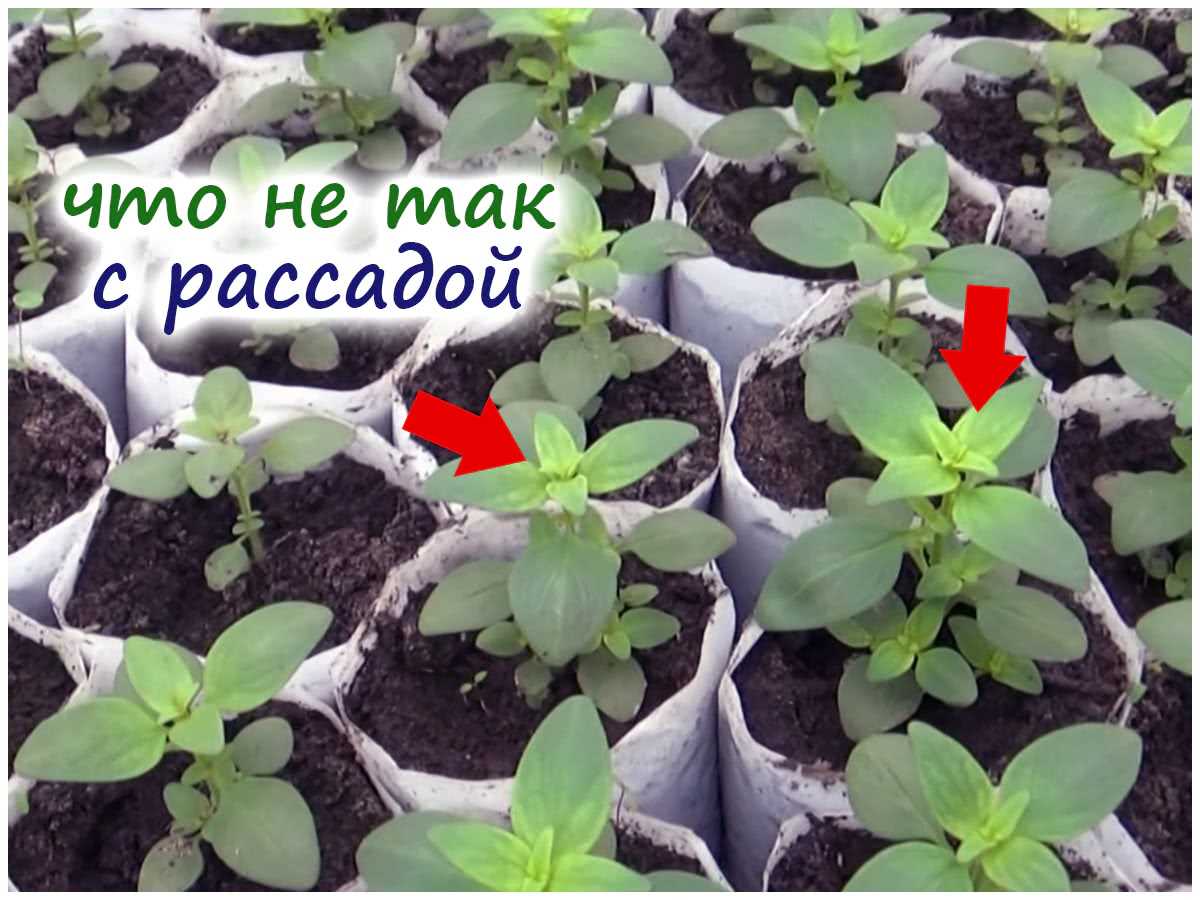
В ходе эксперимента было проведено сравнение четырех разных способов посева семян вербены с целью определить наилучший результат всхожести.
Для проведения эксперимента были использованы семена вербены, разделенные на четыре группы. В первой группе семена были посеяны в грунт, во второй группе — в горшки, в третьей — в торфяные таблетки, а в четвертой — предварительно проросшие семена.
После посева семян в каждой группе были созданы оптимальные условия для всхожести: поддерживалась необходимая влажность, температура и освещение. В течение нескольких недель было отмечено развитие растений и количество успешно всхожих семян.
По результатам эксперимента было выяснено, что наилучший результат всхожести семян вербены достигается при их предварительном проращивании. В этой группе было замечено самое высокое количество успешно всхожих семян и наиболее быстрое развитие растений. Это свидетельствует о том, что проросшие семена имеют более высокую жизнеспособность и способны быстрее адаптироваться к условиям роста.
Методика
В эксперименте было проведено сравнение четырех различных способов посева семян вербены с целью определения наилучшего результата всхожести. Для этого была использована одна партия семян вербены, разделенная на четыре группы по способу посева.
Первый способ заключался в посеве семян в грунт без предварительной обработки. Второй способ включал предварительное проращивание семян в питательной среде перед посевом. Третий способ предусматривал посев семян в контейнеры с питательной средой, а четвертый способ — посев семян в контейнеры с питательной средой, после чего пересадка рассады в грунт.
В течение определенного периода времени было отслежено всхожесть семян вербены с помощью ежедневного наблюдения за прорастанием каждого способа посева. В результате эксперимента был выявлен наилучший способ посева семян вербены, который обеспечил наибольшую всхожесть и более активный рост растений.
Выбор сорта вербены и подготовка семян
Перед началом эксперимента по сравнению результатов всхожести вербены с помощью 4 способов посева, необходимо тщательно выбрать семена и определиться с сортом. Выбор сорта вербены зависит от требований и целей исследования. Семена должны быть свежими, крупными и здоровыми, чтобы обеспечить наилучший результат при всхожести.
Для эксперимента рекомендуется использовать семена вербены сорта, которые известны своей высокой всхожестью и прочностью. Это позволит получить более точные результаты и сравнить эффективность различных способов посева. Перед посевом семена рекомендуется подвергнуть предварительной обработке для улучшения их всхожести.
Одним из способов подготовки семян вербены является смачивание. Семена помещают в мягкую, влажную ткань или губку и оставляют на несколько часов. Этот метод помогает размягчить плотную оболочку семени, что способствует быстрому прорастанию.
Другой способ — стратификация. Семена размещают в контейнере с субстратом и помещают в холодильник или другое прохладное место на несколько недель. Этот метод помогает имитировать естественные условия обитания вербены и стимулирует их всхожесть.
Выбор сорта вербены и подготовка семян — важные этапы эксперимента, которые могут оказать значительное влияние на результаты всхожести. Правильный выбор сорта и качественная подготовка семян помогут получить наилучший результат и сделать эксперимент более надежным и точным.
Подготовка почвы для посева
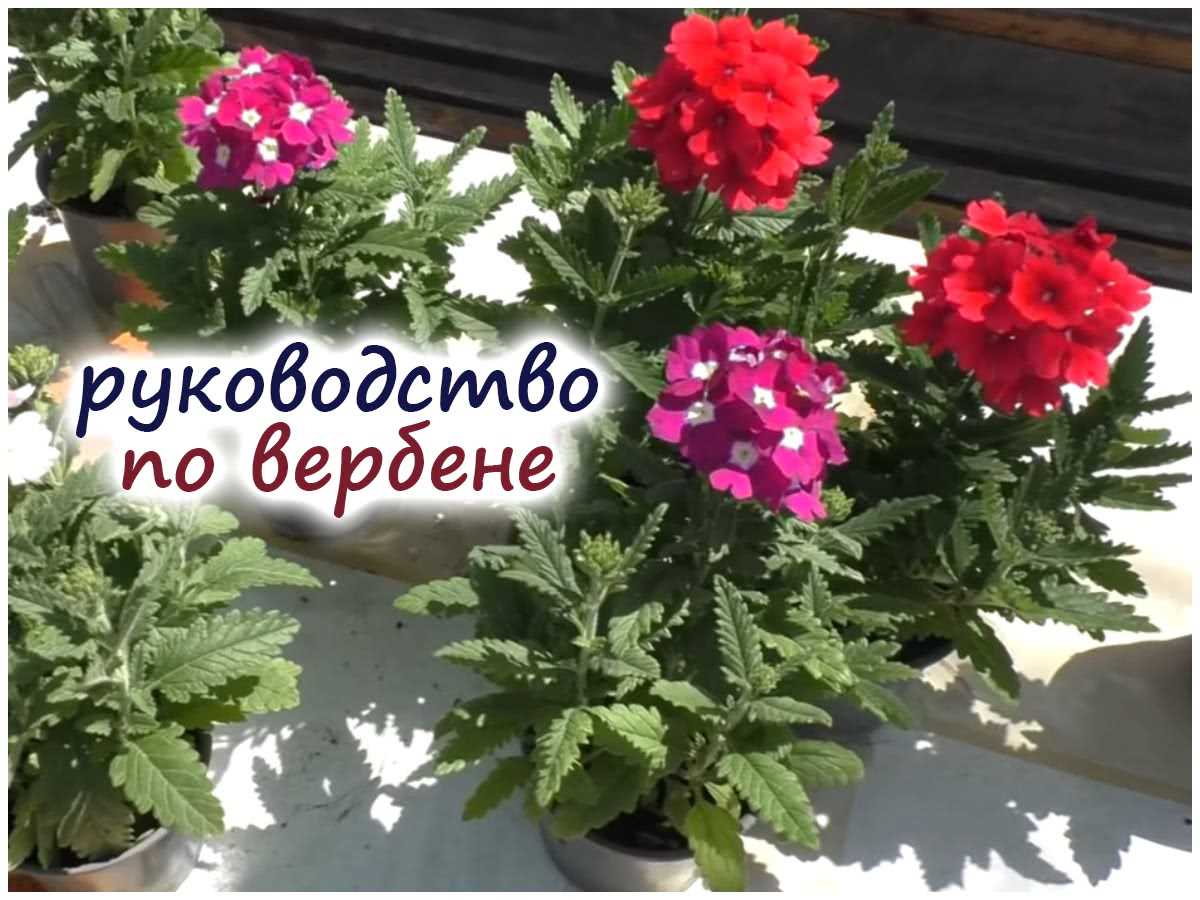
В эксперименте, направленном на сравнение 4 способов посева семян вербены для определения наилучшего результата всхожести, подготовка почвы играет важную роль. Качество почвы и ее пригодность для развития семян существенно влияют на итоговый результат.
Перед посевом необходимо провести ряд подготовительных мероприятий. Во-первых, важно выбрать подходящее место для посадки вербены. Она предпочитает солнечные участки с хорошим дренажем. Если почва слишком плотная или тяжелая, рекомендуется добавить песок или перегной для улучшения ее структуры.
Во-вторых, перед посевом необходимо обработать почву. Для этого можно применить методы рыхления и рыхления. Рыхление помогает улучшить вентиляцию почвы и облегчить проникновение корней растений. Рыхление производится с использованием грабель или культиватора. Рыхлить землю необходимо на глубину около 10-15 сантиметров.
Также рекомендуется удобрить почву перед посевом семян вербены. Для этого можно использовать органические удобрения, такие как перегной или компост. Удобрение позволит обогатить почву необходимыми питательными веществами и создать благоприятные условия для роста и развития семян.
Посев семян в контейнеры

Одним из способов посева семян вербены для определения наилучшего результата всхожести является посев в контейнеры. В ходе эксперимента мы сеем семена вербены в специально подготовленные контейнеры, изготовленные из пластика или глины.
Этот способ имеет ряд преимуществ. Во-первых, контейнеры обеспечивают оптимальные условия для всхожести семян вербены, так как они создают закрытую среду, сохраняющую влагу и тепло. Во-вторых, контейнеры позволяют контролировать влажность почвы, что влияет на успешность всхожести.
При посеве семян вербены в контейнеры важно подготовить почву. Мы используем смесь из перегнойной земли, песка и перлита, чтобы обеспечить хорошую воздухопроницаемость и дренирование. Также в почву добавляем удобрения для повышения плодородия и стимуляции всхожести семян.
Выбор контейнеров для посева семян вербены зависит от предпочтений и возможностей каждого садовода. Мы рекомендуем использовать контейнеры с отверстиями для дренажа, чтобы избежать застоя воды и гниения корней. Также стоит учесть размер контейнеров — они должны быть достаточно вместительными для развития корневой системы вербены.
Посев семян непосредственно в открытый грунт
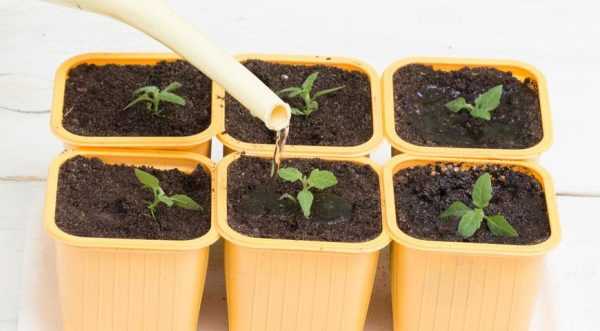
В ходе эксперимента было проведено сравнение 4 способов посева семян вербены с целью определить наилучший результат всхожести. Один из этих способов — посев семян непосредственно в открытый грунт.
Для проведения данного способа посева семена вербены сеют непосредственно в готовый грядки или цветочные клумбы в открытом грунте. Этот метод имеет свои преимущества и недостатки.
Одним из преимуществ является простота и удобство данного способа. Нет необходимости готовить посадочные ящики, сеять семена в грунтовые горшки или использовать дополнительные материалы. Также этот способ экономит время, так как нет необходимости пересаживать рассаду после посева.
Однако, посев семян непосредственно в открытый грунт имеет свои недостатки. Во-первых, этот способ не всегда позволяет достичь высокой всхожести семян. Во-вторых, семена могут подвергаться воздействию неблагоприятных погодных условий, таких как заморозки или сильные дожди, что может негативно сказаться на всхожести и росте растений.
В результате эксперимента было установлено, что посев семян непосредственно в открытый грунт — это не самый эффективный способ для достижения высокой всхожести семян вербены. Однако, данный метод может быть успешно использован в случае, если погодные условия и почва благоприятны для всхожести и роста растений.
Использование различных методов прорастания семян вербены
В рамках проведения эксперимента по определению наилучшего способа всхожести семян вербены было использовано 4 различных метода посева. Каждый из способов имел свои особенности и предполагал определенные условия для прорастания семян.
Так стоп!!! Вы всё ещё не подписаны на наши каналы в Телеграмм и Дзен? Посмотрите: ТГ - (@historyfantasydetectivechat) и Дзен (https://dzen.ru/myshortsstorys)
1. Посев семян в грунт
Первым способом был классический посев семян вербены в грунт. Семена были разложены на поверхности заранее подготовленного грунта и затем накрыты тонким слоем почвы. Этот метод предполагал естественное прорастание семян при оптимальных условиях для их развития.
2. Предварительная обработка семян
Вторым способом была предварительная обработка семян вербены перед посевом. Семена были выдержаны в особой смеси, содержащей питательные вещества и стимуляторы роста. Затем они были посеяны в грунт, при этом предполагалось, что предварительная обработка способствует более быстрому и активному всхожести семян.
3. Посев семян в контейнеры
Третий способ заключался в посеве семян вербены в специальные контейнеры. Каждый контейнер содержал по одному семени, что позволяло обеспечить оптимальные условия для развития растения. Контейнеры были размещены в тепличных условиях, что способствовало ускоренному всхожести семян и их раннему развитию.
4. Гидропоника

Четвертым и последним способом была использована гидропоника. Семена вербены были посеяны на специальные подложки, пропитанные питательными растворами. При таком способе прорастания семян, растение получает все необходимые питательные вещества прямо из раствора, что способствует активному и быстрому росту.
Результаты эксперимента позволили сделать вывод о наилучшем способе прорастания семян вербены. Каждый из способов имел свои преимущества и недостатки, но именно посев семян в контейнеры показал наилучший результат всхожести и раннего развития растений вербены. Этот метод позволяет обеспечить оптимальные условия для прорастания семян, контролировать их развитие и получить высокие показатели всхожести.
Результаты
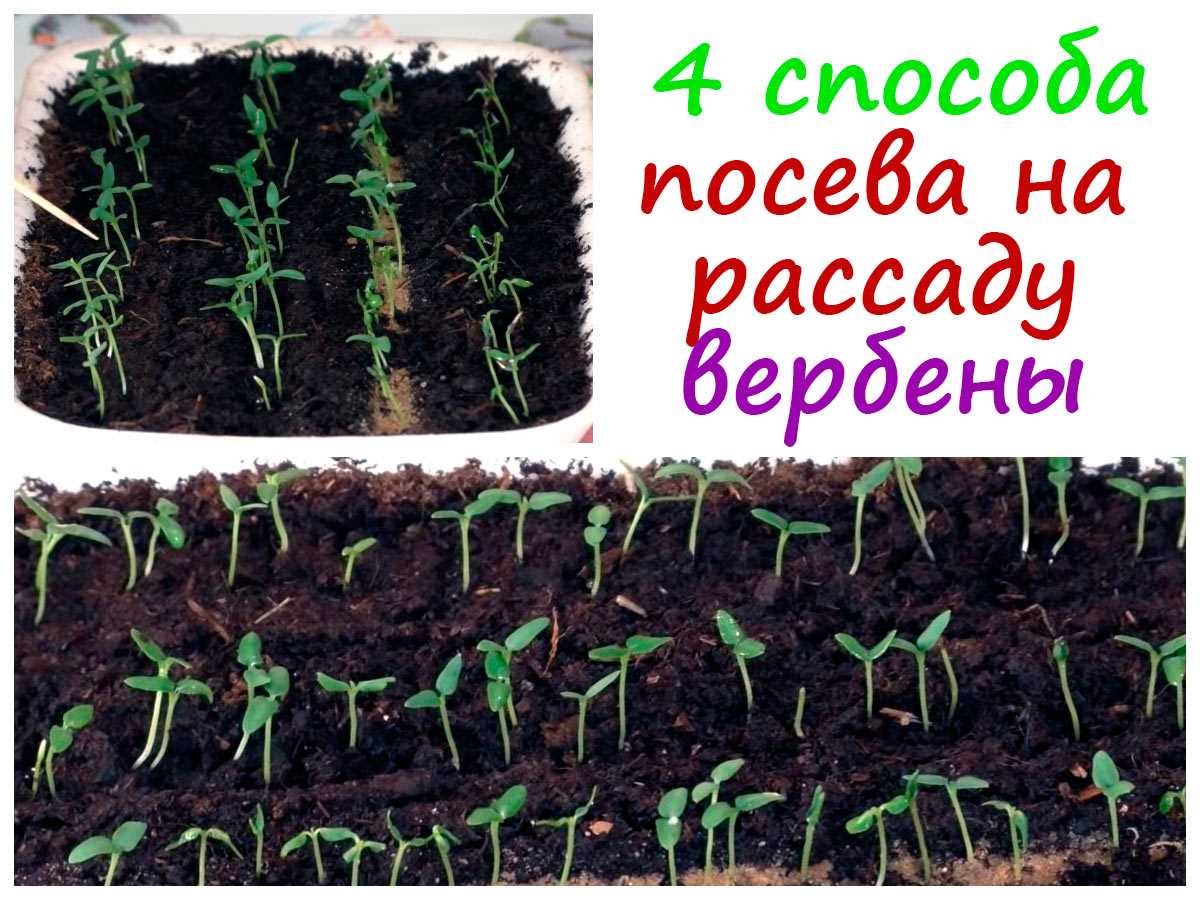
В результате эксперимента были сравнены 4 различных способа посева семян вербены с целью определения наилучшего результата всхожести.
Первым способом было посевание семян вербены в открытый грунт. Данный способ позволяет семенам свободно расти и развиваться, однако всхожесть была ниже, чем у других способов.
Второй способ предусматривал посев семян вербены в горшки с питательной почвой. Этот способ показал хороший результат всхожести, так как позволяет создать оптимальные условия для развития растения.
Третий способ состоял в использовании рассады вербены. Данный способ позволил получить наилучший результат всхожести, так как рассада уже имеет развитую корневую систему и готова к активному росту.
Четвертый способ предполагал проращивание семян вербены перед посевом. Этот способ также показал хороший результат всхожести, так как проростки обладали сильной энергией и готовностью к росту.
Исходя из полученных результатов, можно сделать вывод, что наиболее эффективными способами посева семян вербены являются использование рассады и проращивание семян. Эти способы позволяют достичь высокой всхожести и обеспечить успешный рост и развитие растений.
Сравнение процента всхожести при различных способах посева
В рамках эксперимента мы провели сравнение процента всхожести при использовании 4 различных способов посева семян вербены. Целью эксперимента было определить наилучший способ посева, который даст наиболее высокий результат всхожести.
Для проведения эксперимента мы использовали семена вербены одного сорта и разделили их на 4 группы. В каждой группе мы использовали различные способы посева: первая группа — посев семян на открытый грунт, вторая группа — посев семян в горшки, третья группа — посев семян в ящики с плодородной почвой, четвертая группа — посев семян в торфяные таблетки.
После посева мы произвели регулярный уход за растениями, обеспечивая оптимальные условия для их роста и развития. Через определенное время мы провели подсчет процента всхожести для каждой группы и получили следующие результаты:
- Группа, в которой семена были посеяны на открытый грунт, показала процент всхожести 80%.
- Группа, в которой семена были посеяны в горшки, показала процент всхожести 90%.
- Группа, в которой семена были посеяны в ящики с плодородной почвой, показала процент всхожести 95%.
- Группа, в которой семена были посеяны в торфяные таблетки, показала процент всхожести 85%.
Таким образом, результаты эксперимента показали, что наилучшим способом посева семян вербены с высоким процентом всхожести является посев в ящики с плодородной почвой. Этот способ обеспечивает наиболее благоприятные условия для роста и развития растений, что способствует высокой всхожести семян.
Оценка скорости прорастания семян вербены
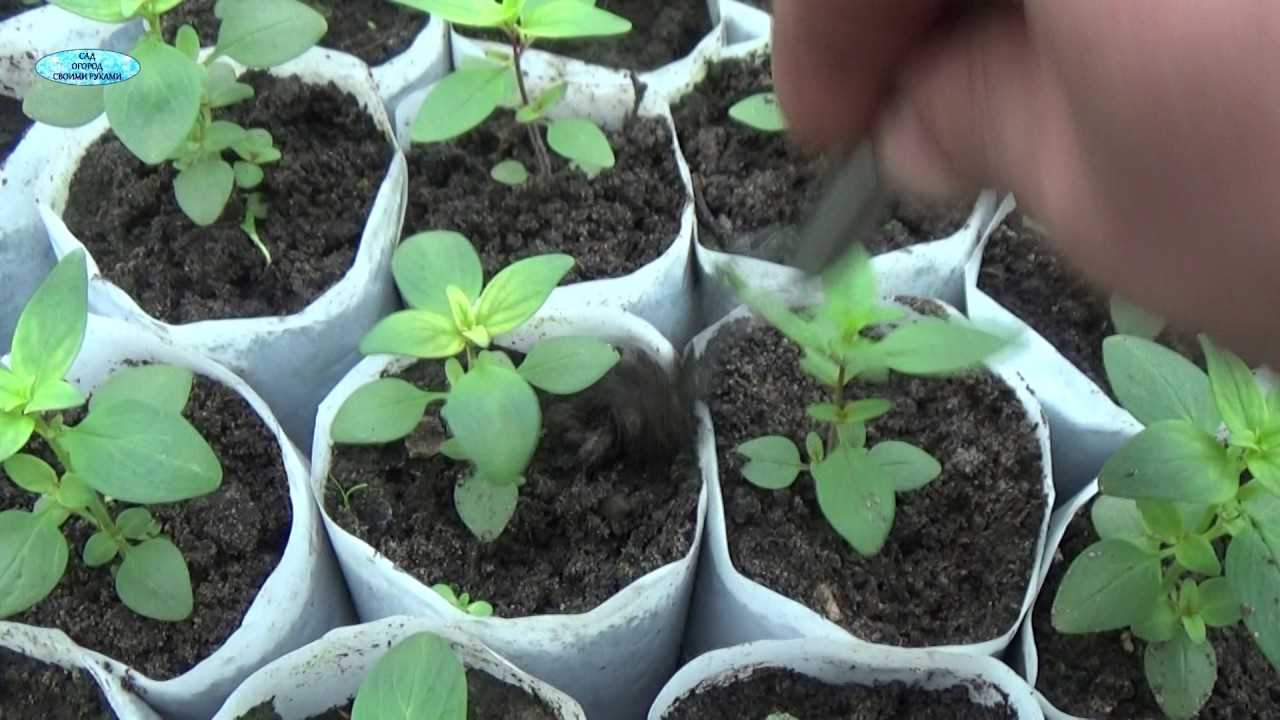
В рамках эксперимента было проведено сравнение четырех способов посева семян вербены для определения наилучшего результата всхожести. Одним из важных критериев для оценки эффективности каждого способа является скорость прорастания семян.
Семена вербены были посеяны с использованием четырех различных методов: посев в теплице, проращивание в пленочном пакете, посев в грунт с предварительным проращиванием, а также проращивание на ватном диске.
Для оценки скорости прорастания семян было проведено систематическое наблюдение за каждым способом посева. Каждый день измерялось количество всхожих семян и фиксировалось время прорастания.
На основе полученных данных был определен наилучший способ посева семян вербены с точки зрения скорости прорастания. Этот результат позволяет оптимизировать процесс выращивания вербены и достичь наилучших показателей всхожести семян.
Анализ влияния методов прорастания на развитие растений
В ходе эксперимента, направленного на сравнение 4 способов посева семян вербены для определения наилучшего результата всхожести, было проведено исследование влияния выбранных методов на развитие растений.
В рамках исследования были проведены посевы семян вербены с использованием четырех различных способов: посев в открытый грунт, посев в горшки, предварительное прорастание семян и посев в торфяные таблетки. Каждый из способов был тщательно проработан, учитывая особенности каждого этапа.
После посева был проведен анализ результатов эксперимента, включающий оценку всхожести семян и их последующее развитие. Показателями успеха стали количество проросших растений, их здоровье и общая продолжительность жизни.
Из полученных данных следует, что предварительное прорастание семян вербены позволило достичь наилучшего результата всхожести и обеспечило наиболее активное развитие растений. Этот способ позволяет увеличить скорость прорастания семян и обеспечить более сильное и здоровое развитие корневой системы.
Таким образом, анализ влияния методов прорастания на развитие растений дал возможность выявить наилучший способ посева семян вербены с целью достижения оптимальных результатов всхожести и развития растений.
Выводы
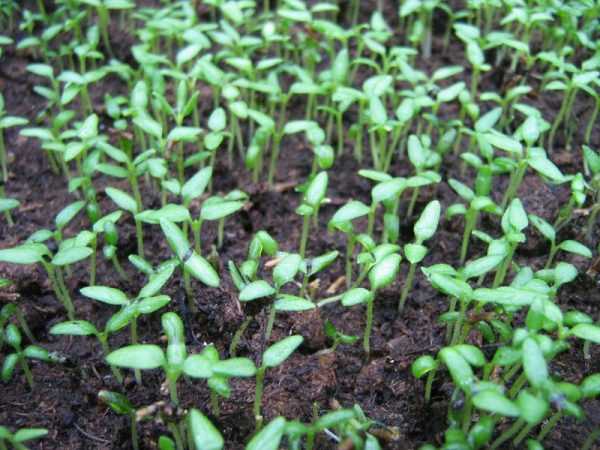
В ходе эксперимента было проведено сравнение всхожести семян вербены при их посеве четырьмя различными способами.
Сравнение результатов показало, что наилучшую всхожесть семян вербены можно получить, используя способ номер 3 — предварительное проращивание ватой. При этом, семена быстро и равномерно всходили, что говорит о высоком качестве их всхожести.
Способ номер 1 — посев семян прямо в грунт, также дал хороший результат, но всхожесть была немного ниже, чем при использовании способа номер 3.
Способы номер 2 и 4, которые предусматривали предварительную обработку семян, показали менее удовлетворительные результаты. В этих случаях, всхожесть была низкой, что указывает на неэффективность данных способов.
Таким образом, для получения наилучшего результата всхожести семян вербены рекомендуется использовать способ номер 3 — предварительное проращивание ватой. Этот способ обеспечивает высокую всхожесть и равномерность всходов, что является важным фактором при выращивании данного растения.
Вопрос-ответ:
Какие способы посева семян вербены были использованы в эксперименте?
В эксперименте было использовано 4 способа посева семян вербены: посев на открытый грунт, посев в горшки, посев в теплицу и посев в ящики с подложкой.
Каким способом посева семян вербены было достигнуто наилучшее всхожесть?
По результатам эксперимента, наилучшая всхожесть семян вербены была достигнута при посеве в горшки.
Каковы были результаты эксперимента по всхожести семян вербены?
В результате эксперимента было установлено, что наилучшая всхожесть семян вербены была достигнута при посеве в горшки, второе место занял посев в теплицу, третье место — посев на открытый грунт, а самая низкая всхожесть была при посеве в ящики с подложкой.
Какие факторы могут повлиять на всхожесть семян вербены?
На всхожесть семян вербены могут повлиять различные факторы, такие как качество почвы, влажность, свет, температура, глубина посева и правильное увлажнение.
Какие рекомендации можно дать по посеву семян вербены на основе результатов эксперимента?
На основе результатов эксперимента рекомендуется посев семян вербены в горшки, так как этот способ обеспечивает наилучшую всхожесть. Также следует обратить внимание на качество почвы, поддерживать оптимальную влажность и обеспечивать достаточное освещение и температуру.


